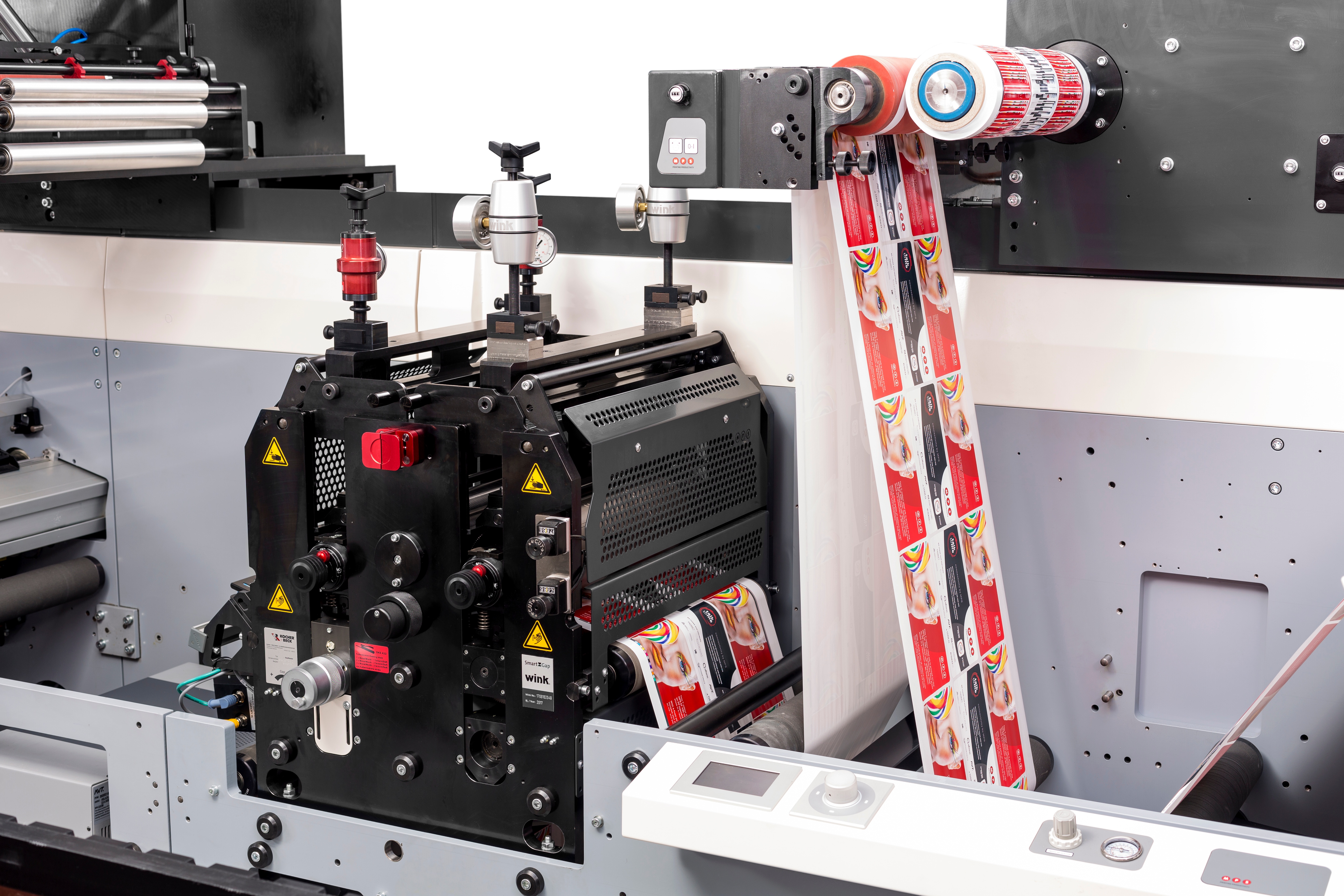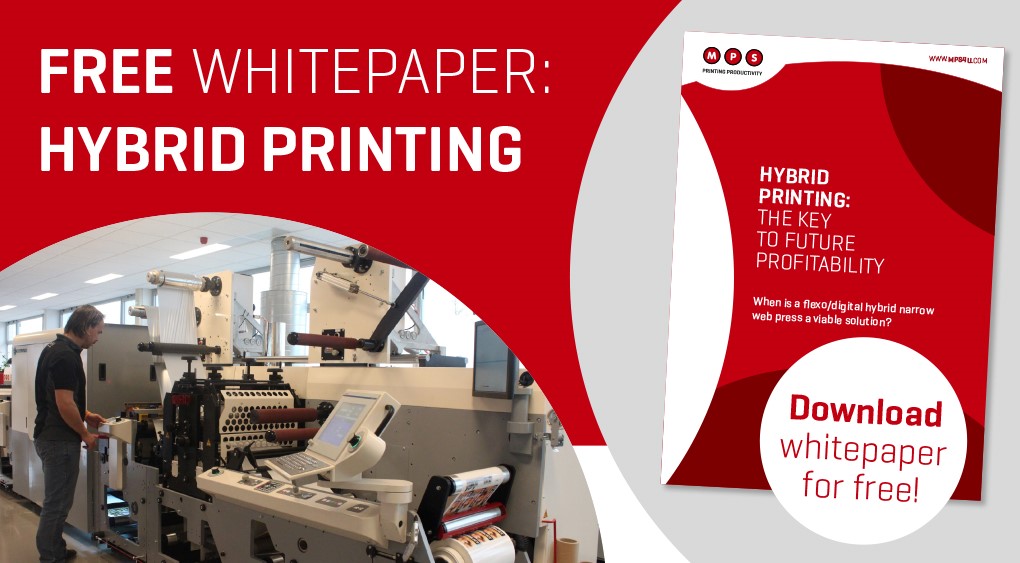In any case, low costs remain the most important parameter in the label printing industry as prices are under enormous pressure. There are several ways to reduce costs, such as printing automation and real-time insights. In-line finishing is also one of them. I’ll tell you more about this innovation in this blog.
In-line finishing: optimize the finishing process
In particular in digital printing, it’s common that the finishing of a label, such as die-cutting, lamination, varnishing or slitting, is done on separate machines after completing the printing. ‘Don’t put anything on the end of my press!’ is a common statement. However, adding an in-line finishing unit into a press could save many hours (and manpower) in the process.
 Quick change die
Quick change die
The benefits of in-line finishing
In-line finishing has several advantages compared to off-line finishing:
Improved quality and manufacturing efficiency
When you’re converting labels onto a different machine, it often happens that the length of the labels doesn’t match the cutting or the varnish doesn’t adhere or doesn’t flow out well. Because the runs are small, it often happens that the set-up takes too much of the printed material. This means you have to start over again, because the process hasn’t been set up properly.
This is the biggest disadvantage of off-line processing: because you perform different actions on different machines, the chance that they aren’t aligned increases and you’ll detect this later in the process. And time is money.
With in-line finishing, the quality and manufacturing efficiency improve significantly, because you can immediately see whether the end product corresponds to your customer’s order or not. When all steps are carried out in one press, you know the job is going to be done right.
Less manpower and stock
If you can print and finish labels on the same press, you need only one operator instead of two for two separate machines. Also, if you convert labels off-line, intermediate stocks with printed rolls are inevitable.
Less manpower and less stock also mean lower costs.
More printing possibilities
Off-line finishing means every converting activity, such as laminating or cold-foil comes on top of the ink. With in-line finishing units at the converting rail for flexible positioning, you have more printing possibilities; you can change the printing order. For example, you can add a cold foil to your label and overprint it for metallic effects or print on the glue side before the digital print unit.
 Rail unit cold foil
Rail unit cold foil
In-line finishing is not as easy as simply adding a unit to your press
I must, however, make one comment. Adding in-line finishing to your digital printing process is not as easy as simply placing such a unit on your press. If you have a digital printing press you need a combination with flexo printing (hybrid printing ) to enable this innovation.
The printing of PMS colours, and adding applications such as cold foil or spot varnishes, can only be done in flexo. To have the combination of digital and flexo technologies, a hybrid press is the perfect solution. In a hybrid press, the converting, including die-cutting, can be done in-line. In this way, you’ll have a completely printed and finished label, in just one pass.
Raw label stock in, fully printed and finished, ready-to-apply labels out: that’s what you want. In-line finishing enables this but to do it right you need hybrid printing. What is it and when is it a viable solution? Read it in this whitepaper:
